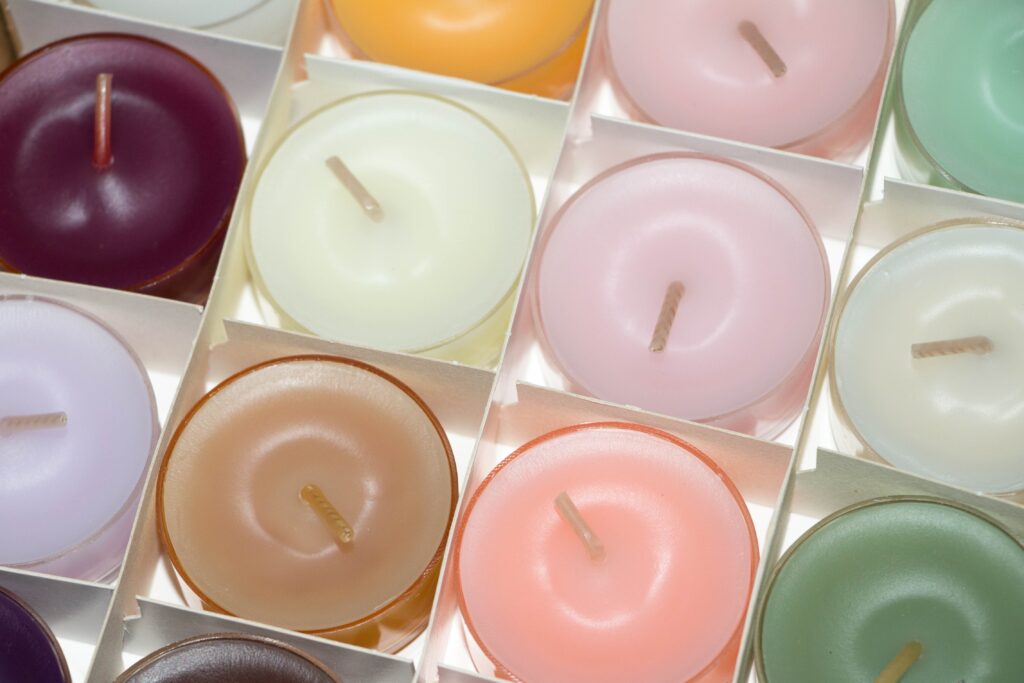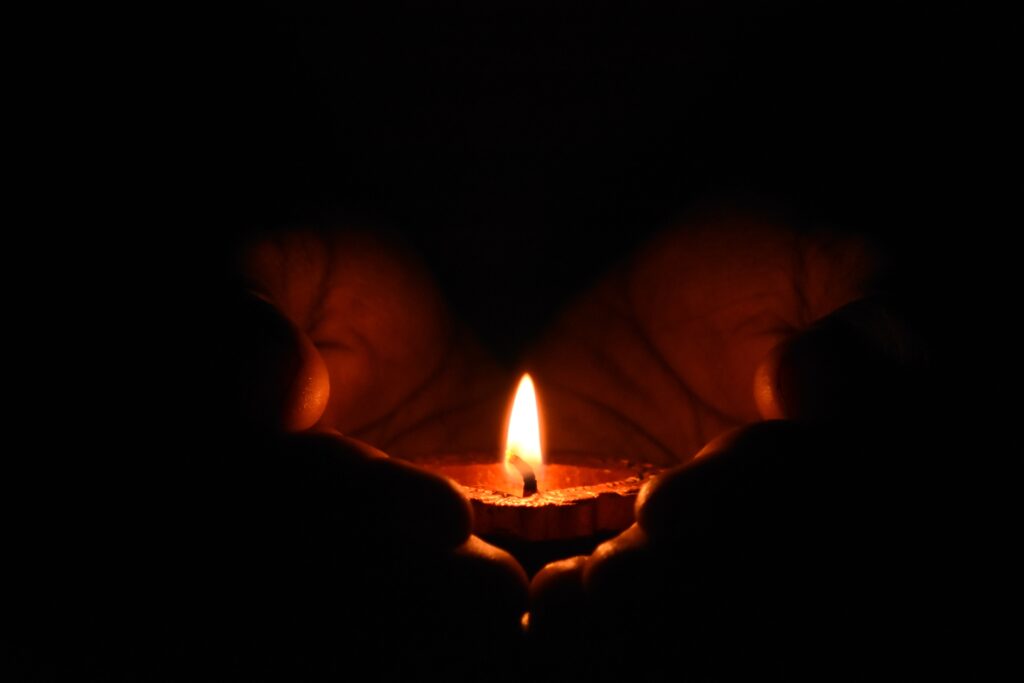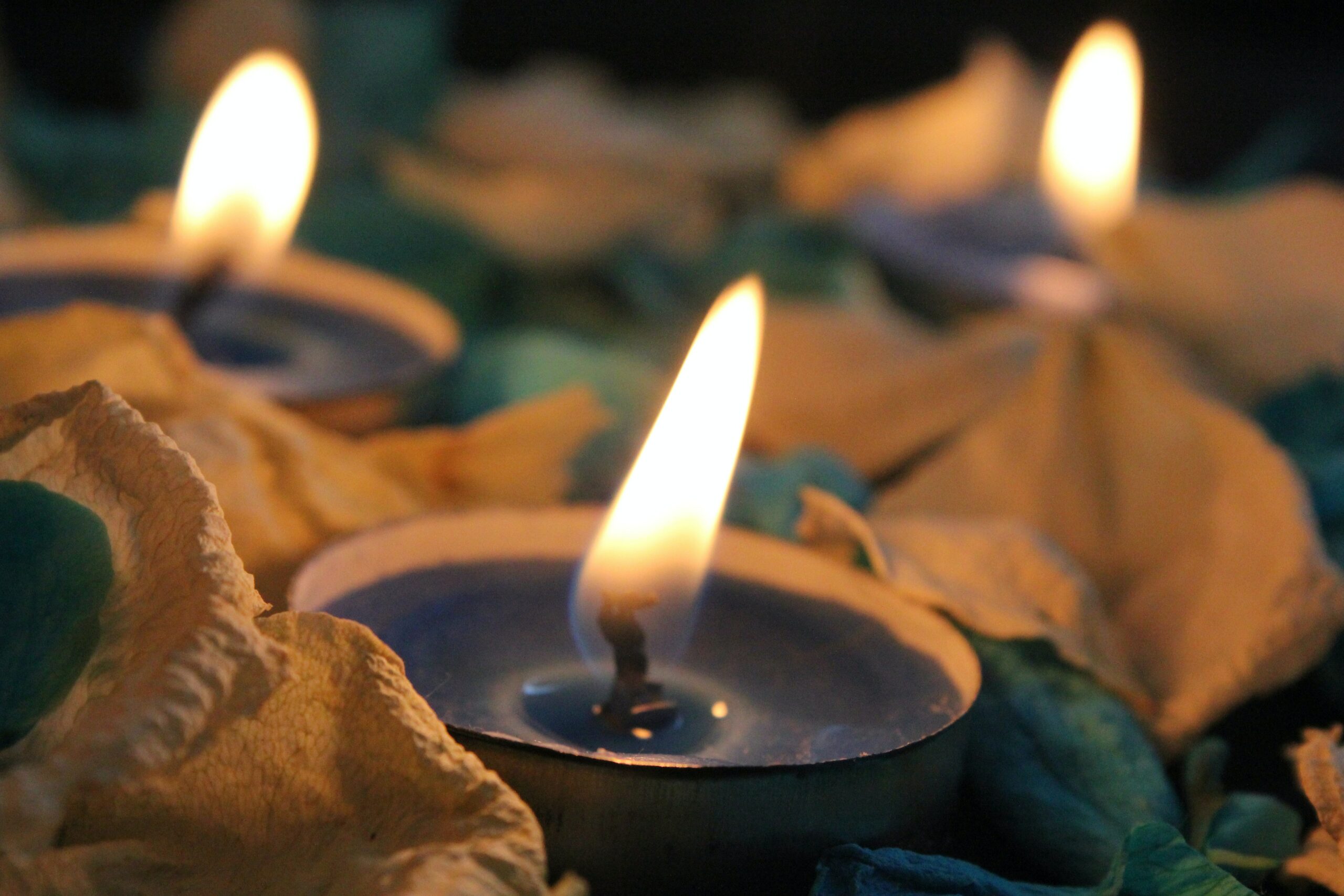Starting a candle-making business comes with its own legal requirements for selling homemade candles. The fact is that it’s simply not as straightforward as making candles and selling them. Some laws and regulations must be observed.
Finding out the legal requirements for selling homemade candles is paramount if you want to make candles. Simply put, candles can pose a severe fire hazard. Therefore, the safety of the consumer must be considered. Each state and city has its own set of requirements in this regard. But it essentially comes down to proper testing and labeling.
According to the National Fire Protection Association (NFPA), roughly 20 candle-related fires are reported daily. In fact, between 2015 and 2019, around 2% of home fires in the US were caused by candles. This is why the safety regulations associated with the manufacturing and use of candles are crucial.
Let’s look at the US laws regarding candle making and how to adhere to them.
The Legal Requirements for Selling Homemade Candles
Perhaps you manufacture the candles and candle holders yourself. Or maybe you simply act as a middleman selling candles you’ve purchased from a manufacturer. Either way, it’s up to you to ensure that the standards set for manufacturing are met. It’s also your job to educate yourself on the relevant regulations and ensure that you abide by them.
If you’re unsure of the rules and regulations, you’ll need to double-check the specifics with your city and state. Each city and state has its own particular set of laws when it comes to candle-making. However, a national set of regulations and standards should be applicable across the US.
That said, you must still contact your city and state authorities to ensure you’re operating within the scope of the law. If you don’t adhere to the rules and regulations set out by your local government, you could be in for a sizeable find.
Standards and regulations set out by the National Candle Association (NCA) can be found on the ASTM International website. You’ll also find pertinent information about candle safety laws on the US Consumer Product Safety Commission website.
Let’s break down some of the foundational rules and regulations you should be aware of.

Candle Labeling Requirements
Both the NCA and the US Consumer Product Safety Commission provide guidelines for properly labeling candles. These labels are intended to warn customers of the risks involved when using candles. And to offer them guidelines on how to use the candles safely.
The basic candle and candleholder labeling requirements are as follows:
- Fire Warning Label: Each individual candle must have a fire warning label.
- Visible Label: The label must not be obscured by packaging, other labels, price tags, etc. It must be clearly legible and evident to the customer.
- Fire Alert Symbol: The warning label must include the universal fire alert symbol.
- Warning: The word “WARNING” must be clearly noticeable on the label.
- Safety Information: The label must also include primary fire hazards and safety information set out in your local government and NCA regulations.
Any other types of warnings you feel should be included on the label or packaging should be added. For instance, perhaps you’re using fragrance oils in your candles. In this case, you’ll want to let customers know that the candle could leave marks if placed on furniture. And it would be wise to include a base on which the customer can place the candle.
Candle Holder Requirements
There are several regulations regarding candle accessories and holders. But one of the most vital regulations relates to manufacturing glass containers for candles. These are some of the most common candle holders sold with the candles. And they can be extremely hazardous if specific safety standards are not met when manufactured.
The regulations stipulate that all glass containers must be prepared according to the requirements supplied. This process must include heat and thermal shock treatment of the glass. These treatments aim to protect the integrity of the glass when exposed to heat for prolonged periods.
The required treatments apply to both transparent and non-transparent glass candle holders.

Emissions Testing
One of the primary tests the candle must undergo is the emissions test. The objective is to ensure that no smoke is emitted from the candle when it is burning. And the test is aimed at eliminating the release of hazardous fumes from the candle or wick.
Quality Control
Candle-makers must use the rules and regulations set out by the NCA as a guide. And with this information, they’re expected to develop standard safety and production procedures to ensure the candles meet the desired requirements. This should apply to the entire process, from the sourcing of materials to packaging and distribution.
It’s also advisable for manufacturers and sellers to develop a procedure relating to product risk assessment. This could be implemented if a customer complains relating to your product. And the procedure should include processes for bringing in returns and putting them through a thorough evaluation.
Conclusion
Adhering to the legal requirements for selling homemade candles can be a challenge. But you can simplify the process by contacting your city and state authorities to determine exactly what the regulations are. Once you have this information, simply make a checklist and ensure you have procedures in place to maintain the required standards.
Following these guidelines and adhering to the regulations will ensure that you avoid a potentially hefty fine or worse.



